All about watering the garden and garden
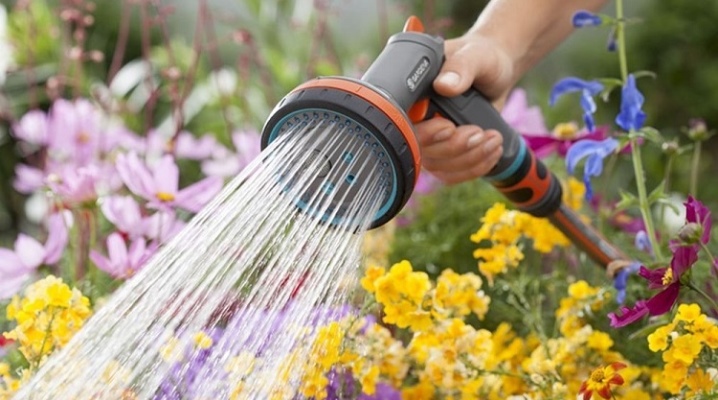
Anyone who grows fruit crops on their backyard should know how to plant any of them, how to care for it and what conditions to create for proper growth and development. The most important component of care is watering, without which other activities will not bring the desired result. By properly watering your garden and vegetable garden, you can achieve large and stable yields.
Features of watering the garden
In recent years, the dacha has become especially popular. Many are trying to find a quiet and cozy place for themselves, where they can take a break from the bustle of the city and grow organic fruits and vegetables. To properly care for your garden and vegetable garden, it is important to understand what each plant needs. In the absence of proper care, you can get a meager crop from the garden, with small and tasteless fruits.
There are crops that, with insufficient watering, begin to develop incorrectly, leaves, ovaries and flowers may fall off, arrows appear much earlier, and the fruits acquire unwanted hardness and bitterness.
In order to know how to water a particular vegetable and garden crop on the site, it is important to take into account the power of the plant's root system, as well as the features of the growth and development of green spaces.
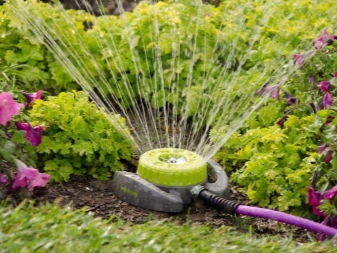

Suitable water
To get a good harvest, it is important not only to water the area, but also to use the right water for this. Most crops do not tolerate cold water application, especially during hot days... It is not recommended to pour water from a well or from a well under the bushes without preheating it in the sun. You can use the water from the pool if it is in the sun, and during the day the contents have time to warm up to normal temperature. The most favorable for watering the beds is water with a temperature of + 20-22 ° C.
Not less important make sure the water is clean... It is not always possible to use purified liquid, so water from the river or water supply systems should be additionally purified.
In this case, watering from a septic tank is the most optimal solution, since the water can be with bleach or rusty, and additional treatment facilities remove most of the unwanted compounds.
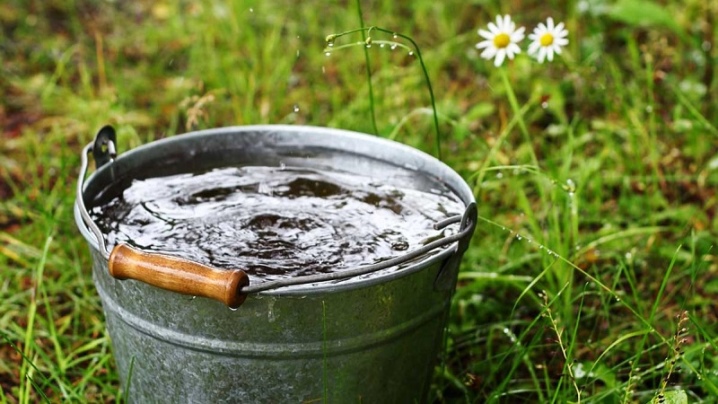
Time
Watering time is also important. If you fill the beds during the day, the soil will absorb moisture and immediately begin to dry out in the sun. The formation of a hard crust will not allow the soil to breathe, which means that the roots will be in hard and dry ground, it will be difficult for them to develop and grow. Regardless of the type of moisture applied to the site, There are two optimal time periods when it is best to water the beds.
- Morning... As soon as the sun has risen, you can water the garden without flooding a large amount of water. It is important to loosen the soil after the procedure so that it does not dry out.
- Evening... Most favorable for any plant. At this time, you can add the maximum amount of water, since in the evening, night and early morning, the liquid will have time to fully saturate the soil, moistening the root system.
By choosing the right watering time, you can help your garden plants get enough water, sun, and nutrients when they are needed.

The ways
Any summer resident, planning the cultivation of vegetable crops, must take care of some specific type of moisture introduction. In some cases, you will need a device that provides stable watering, but you can do without it. If there is no time and money for some specialized products, then you can pour water under the bush using a bucket, watering can or hose. In this case it is important to have a supply of water by accumulating rainwater in a tank or pumping it from a river or water supply system.
The best option for watering a site is considered to be a drip irrigation system.... Sometimes it becomes necessary to install pipes for the irrigation season, after which the wiring is removed. In such a situation, you will need fittings that will allow you to easily wind up the elements of the irrigation system, creating the desired network of pipes or hoses. Drip irrigation works best from a mains water supply, when there is a constant source of water, in other cases it may be necessary to change the irrigation option or the source of power for the system.
If watering the garden is carried out using water from a river, reservoir or other reservoir, a pump is a necessary product, without which water will not be supplied to the garden. To clear the liquid from leaves, silt, algae, you need to put a filter and clean it from time to time. When there are no problems with the availability of water, you need to think about how to water the garden. The simplest option that gardeners with small beds choose is to pour moisture into the furrows or checks... Thanks to the hose, which is placed on a certain row, it is possible to feed the soil near the plants to the desired depth.
For heavy soils, shafts and ridges are considered a good option., thanks to which water spreads not only along the length of the row, but can fall from one row to another. Checks are also well suited for organizing watering of vegetables: peppers, onions, cucumbers, etc. When planning watering according to this scheme, it is necessary to form a rectangle that covers several rows and connects to the same rectangle on one side.
Watering with a watering can is best suited for caring for plants in a greenhouse; for open ground, it is less effective.
Different crops in the country require not only a certain level of soil irrigation, but also the level of air humidity. You can increase humidity by sprinkling using a sprayer on specific areas.
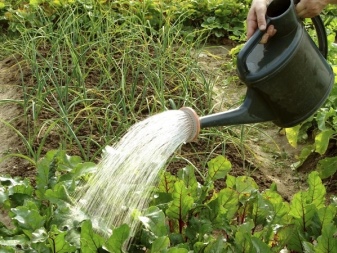
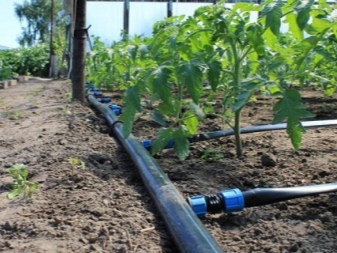
Rates and frequency of watering vegetable crops
In order for the yield of vegetables in the garden to be consistently high, it is important to draw up a schedule of watering and care for each crop. The standard for the frequency of soil moisture and the amount of water applied under the bush will differ depending on the specific type of vegetables.
An important feature of care is compliance with strict rules:
- do not water any plants in the heat;
- be sure to loosen the soil after each soil moisture;
- vary the amount of water depending on the period of plant growth;
- determination of the frequency of watering for each crop;
- use only warm water.
In summer, the ambient temperature may differ depending on the region, therefore, the number of waterings will be different. In hot areas, you need to moisten the soil quite often - up to several times a week - and make sure that it does not dry out, but is not too waterlogged. In regions with mild and cool climates, watering can be carried out once a week. For proper care of all vegetable crops, it is important to clearly know how moisture-loving the crop is, when and how it needs to be watered.
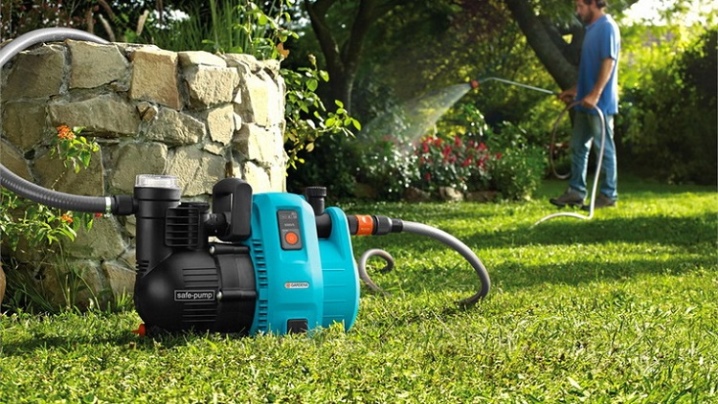
Tomatoes
Watering the tomatoes varies depending on the planting method. When grown using seedlings, it is necessary to add water to the soil at least eight times:
- in the process of planting seedlings;
- at the time of bud set;
- by the time of flowering;
- in the active phase of flowering;
- when the fruits begin to set;
- at the moment of active growth and development of the fetus;
- by the time the culture ripens;
- before harvesting.
For good soil moistening, 35-40 liters of water should be poured onto 1 m² of the garden bed.
When planting tomatoes using a non-seedling method, the amount of watering changes slightly.
The optimal rate is watering 7 times during the period of crop growth:
- after the breakout;
- by the time of bud formation;
- when the bushes begin to bloom;
- in the process of active flowering;
- by the time the fruit begins to form;
- during fruit ripening;
- before harvesting.
The amount of moisture introduced into the soil is also different. The optimal rate for 1 m² is 30-35 liters..
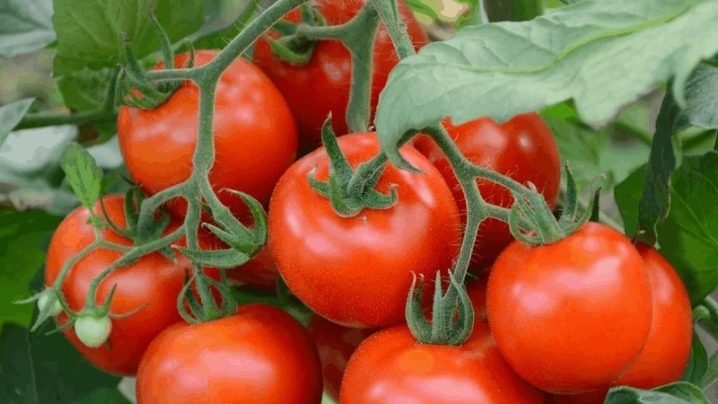
Cucumbers
Watering cucumbers is a very important activity, which has its own characteristics depending on the variety of the selected vegetable.
If the cucumbers are early, then they need to be watered 7 times during the period of development and growth:
- when several leaves appeared on the plant;
- when the first buds appear;
- in the phase of active budding;
- when the flowers begin to bloom;
- during the full flowering of the culture;
- when the fruits begin to set;
- during the fruiting period.
To fully moisten the soil for cucumbers, 25-30 liters of water must be poured into 1 m².
If late cucumbers are planted on the garden bed, then the number of waterings increases to 9:
- when several leaves appear;
- by the time the buds are set;
- in the active phase of budding;
- during the beginning of flowering;
- in the process of full flowering culture;
- 6-9 - in the process of fruiting.
To ensure the growth of bushes and a high yield of cucumbers, it is necessary to add 25-35 liters of water per 1 m².
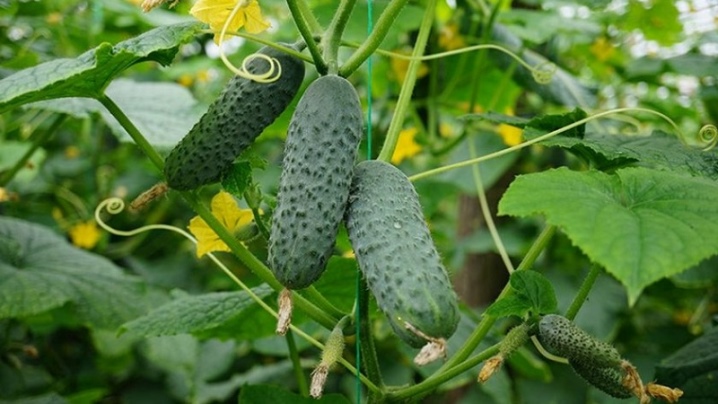
Pumpkin
To obtain a good pumpkin harvest, it is necessary to moisten the soil during planting of seeds, and then add 8-10 liters of water at the time of hilling 1-2 times a week. As soon as the seeds sprout, do not touch them for up to a month, after which watering should be carried out in 1-2 weeks, depending on the weather and climatic conditions. Watering stops a month before the expected harvest.
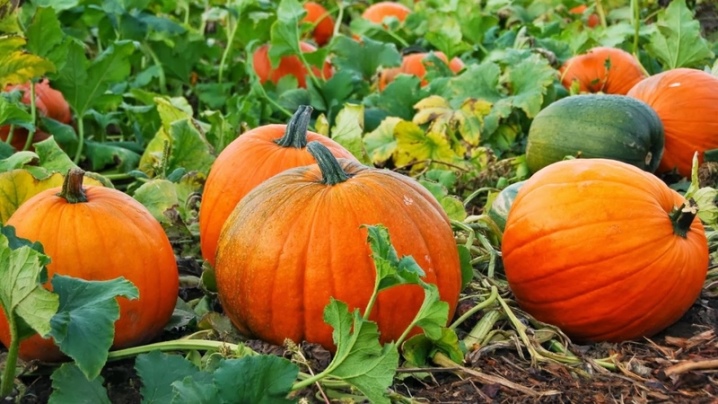
Onion and garlic
If the onion is planted with seeds in the ground, then it needs to be watered 9 times:
- during the first breakout;
- after 1-2 weeks;
- in the process of the second breakthrough;
- 4-9 times - at the time of the formation of the bulb and its development and until the moment of collection.
The required amount of water for onions in the garden is 25-35 liters per 1 m²... When growing garlic, it is important to organize proper soil moisture. From the moment shoots appear on the garden bed to the stage of formation of cloves, it is important to irrigate the soil well once a week, adding about 12 liters of water per square meter. When the head of garlic begins to grow actively, you need to increase the frequency of watering, holding them every 5 days. If the weather is dry and hot, you can irrigate the soil every 3-4 days..
You need to stop watering activities a week before harvesting a seasonal vegetable or a month before harvesting winter garlic.
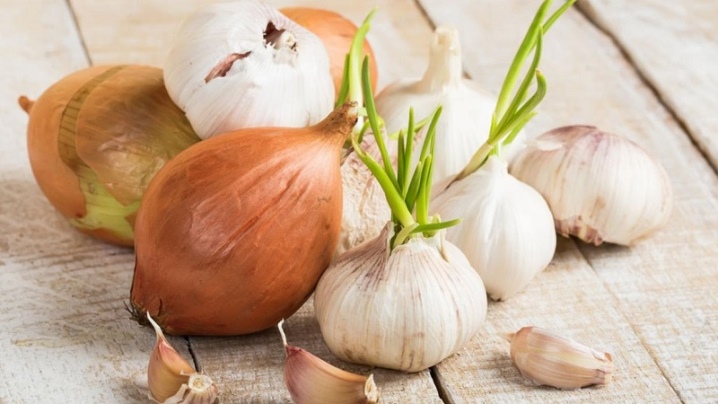
Beet
For a good harvest of beets you need watering at least 5 times during the period of growth and development of the culture:
- after the breakout;
- during the formation of a root crop;
- 3-5 times - during the growth of the root crop.
In order for the soil under the beets to be well moistened, you need to pour in up to 30 liters of water per 1 m².
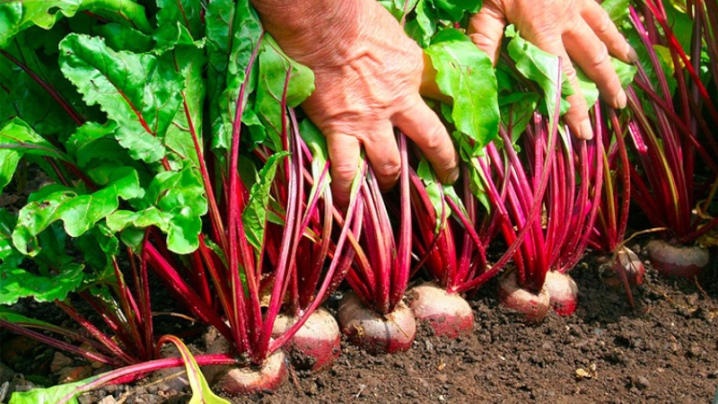
Carrot
A large, tasty and good carrot grows in the garden with timely and proper care.
You need to water the culture 5 times during growth and development:
- after the breakout;
- when root crops begin to be tied;
- 3-5 - in the process of active growth of the root crop.
To fully moisten the soil, you need to add 25-30 liters of water per 1 m².

Pepper and eggplant
For a good harvest of peppers and eggplants and healthy and strong bushes it is important to water the plants up to 10 times during the period of development and growth:
- during planting seedlings;
- to the beginning of budding;
- 3-5 - in the process of flowering;
- 6, 7 - when fruits begin to set;
- 8-10 - in the process of fruiting.
The irrigation water norm for these crops is 30-35 liters per 1 m².

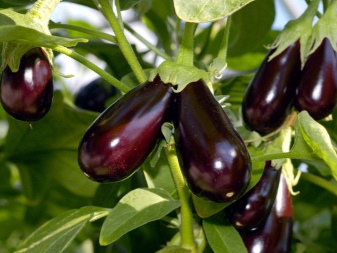
Cabbage
If early cabbage is grown, then you need to water it 5 times:
- two days after disembarkation;
- 2-5 - every 7-14 days, depending on weather conditions.
The norm for such irrigation will be 30 liters per 1 m².
For late cabbage, the number of waterings increases to 10:
- during disembarkation of seedlings;
- a week after the first watering;
- 3-5 - when a rosette of leaves appears;
- 6-8 - when forming a head of cabbage;
- 9, 10 - the formation of a full-fledged head of cabbage.
The amount of water for late cabbage can be from 35 to 45 liters per 1 m²
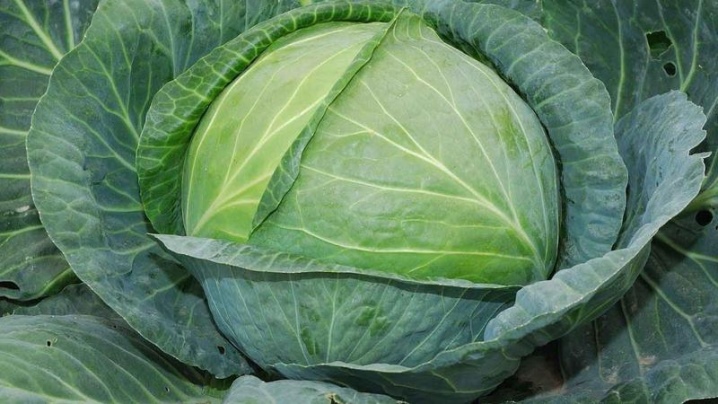
Other
Many other vegetables can be planted in the garden, but the most popular and demanded are potatoes.
For early potatoes, 4 waterings are needed:
- during the appearance of buds;
- in the process of flowering;
- 3-4 - at the time of tuberization.
For late potatoes, the number of waterings increases to 6:
- moistening the soil to feed only planted potatoes;
- when shoots appear;
- by the time of budding;
- during flowering;
- 5-6 - in the process of tuber growth.
The irrigation rate for potatoes is 35-40 liters of water per 1 m².
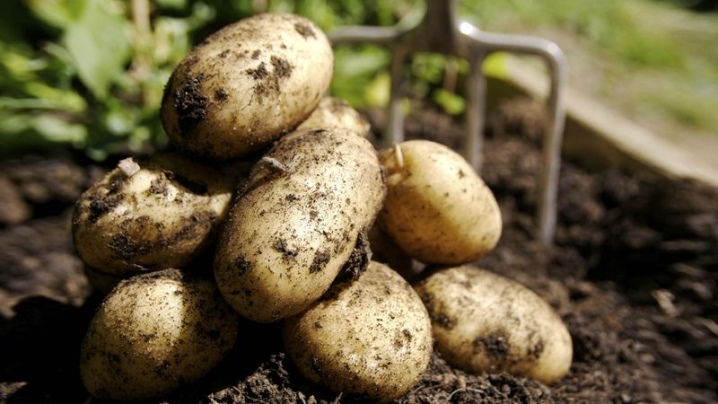
How to water the garden?
The process of watering a garden differs significantly from watering vegetables due to the peculiarities of the development of trees and shrubs. In order for the garden to grow well, not get sick and give a consistently high and tasty harvest, it is important to know how to water it correctly, how much water to apply and how often.
Fruit trees
To create comfortable conditions for the growth of fruit trees, it is necessary to regularly moisten the soil under them. It is recommended to irrigate with a diffuser or watering can, evenly distributing water around the trunk of the plant... Pour 4 to 6 buckets of water under one tree. If it is possible to use drip irrigation, it is best to leave the water open for 2-3 hours a day. Under comfortable conditions, watering can be carried out 2 weeks or a month after the garden blooms and 2 weeks before harvesting.
Young trees need less moisture - it will be enough to add 2-3 buckets once a week at normal air temperature. For an adult garden, the rate increases significantly and ranges from 5 to 10 liters, depending on the power of the tree. Watering should be done in the early morning or evening when the sun begins to set.
After each watering, you need to loosen the soil or mulch to ensure the longest possible moisture in the soil under the tree.
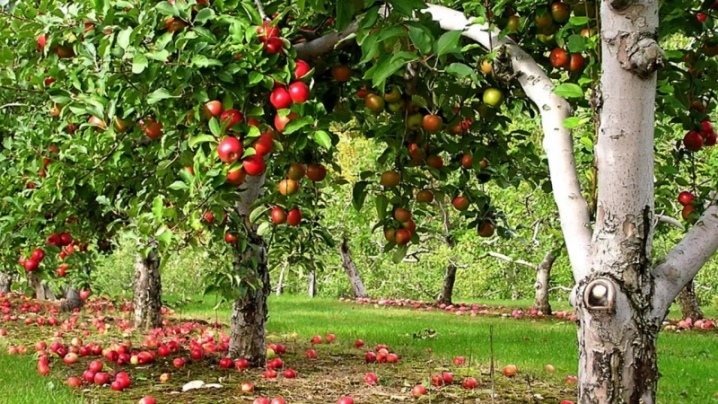
Ornamental plants
Watering of ornamental crops will depend on the type of plant, it is necessary to take into account:
- individual characteristics of culture;
- choose the optimal watering time;
- care for drought-resistant and moisture-resistant crops;
- add the right amount of water at the right temperature for a particular plant;
- determine the frequency of watering depending on the needs of the plant;
- water carefully to ensure proper crop growth and health.
Most ornamental plants need watering during planting, at the time of bud emergence and during flowering. Any active phase of growth and development requires the introduction of water and nutrients into the soil... The amount of moisture must be determined individually, taking into account the soil, weather and plant preferences.
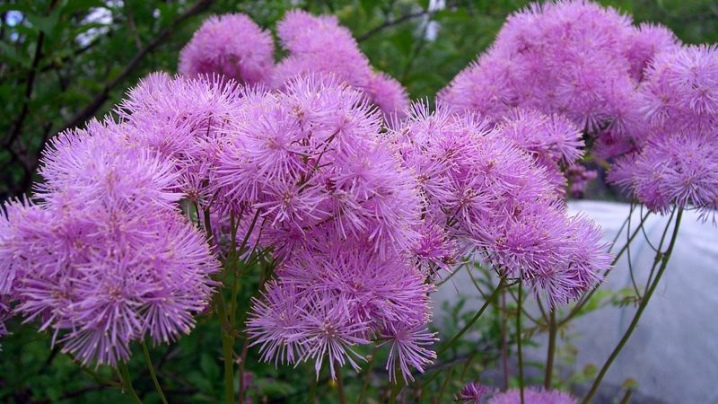
Shrubs
If shrubs are planted at their summer cottage, then they can be watered with a watering can or autowatering. The most convenient and economical option is the second way, thanks to which you can moisten the soil deep enough and do it with the frequency that is needed in specific conditions and for certain shrubs. By spreading the tubes around the bush, you can soak the soil deep enough to fully power the plant.
If watering is carried out with a watering can, then water can be applied at the root, if it can be easily reached. Otherwise, a furrow with a depth of 10-15 cm is dug around the bush, where water is poured. It is better to water the bushes in the evening using settled warm water. Each bush has its own watering rate, but it is recommended to moisturize the soil on average once a week.
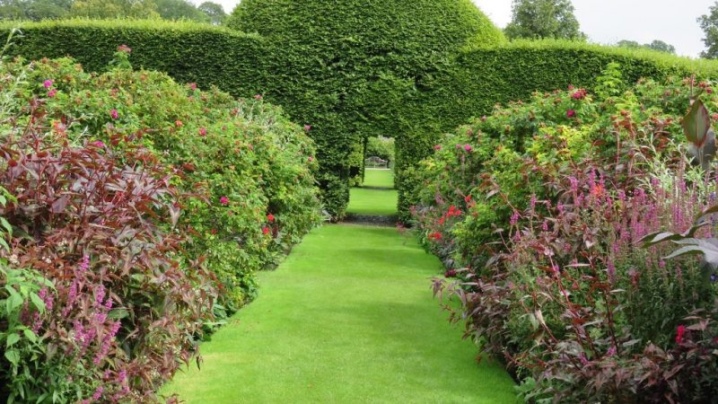
How to combine watering with top dressing?
Any plants need not only moisture, but also nutrients that help them grow well and stay healthy. Depending on the composition of the soil, it is necessary to make a small amount of additives or significant amounts of them.
To make the process of caring for the garden more convenient, it is recommended to combine watering and fertilization.
- The first fertilization is applied at the end of spring.: up to 200 g of urea is scattered under the trees or about 4 buckets of humus are placed, after which regular watering is carried out.
- The next stage, when it is necessary to apply fertilizers, is the moment after the flowering of the trees.... Nitrogen fertilizing is applied to the soil, followed by watering. It is recommended to excavate the top of the soil near the tree to a depth of 10 cm for these procedures. Upon completion of the work, it is necessary to return the soil to its place or add sawdust and mulch the earth.
- The next feeding should be carried out at the time of fruit set.... Fertilizers are applied under the trees as in the first care: urea or humus.
- During the growth of the fruit, it is necessary to make one more top dressing., the composition of which will be different: phosphorus and potassium, which will give the necessary strength to the roots for the development of the entire tree. You should be careful with this chemistry: the rate of phosphorus for one tree is 25 g for each year of life, and potassium - 20 g.
- The last fertilization along with watering is carried out in the fall, when the tree is preparing for wintering.... At this time, it is possible to lay the necessary nutrients and the amount of moisture, which will be enough for the wintering period and the first weeks of spring.
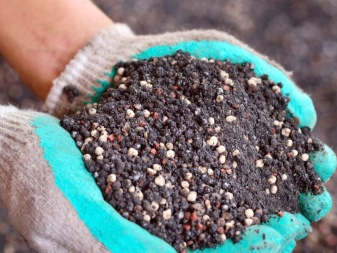
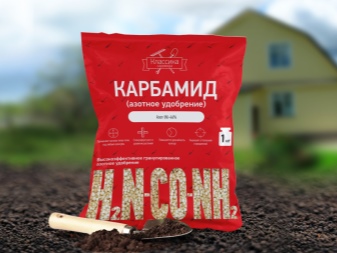
Recommendations
When organizing watering of fruit and vegetable crops at a summer cottage, it is necessary to take into account many factors, without which it will not be possible to grow healthy plants and get a good harvest. The process of planting and growing vegetables, fruit trees and shrubs is significantly different, so the organization of their watering should be different.
Before planting an abundance of everything on the site, you should start with a few beds of vegetables and a small garden. It will be difficult for a novice summer resident to cope with caring for all vegetables and fruit trees, so you need to start small... Having mastered the basics, having become acquainted with all the features of the growth and development of crops, having dealt with the types of soils, with the weather conditions, having chosen the most desirable plantings, you can start cultivating them.
When organizing watering, it is important to choose the right time for the procedure, apply warm water, draw up an irrigation schedule for each crop and adjust it depending on the conditions. With proper care, timely watering and fertilizing, the harvest will not keep you waiting.
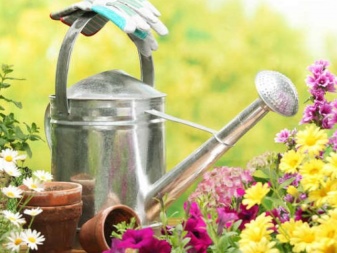
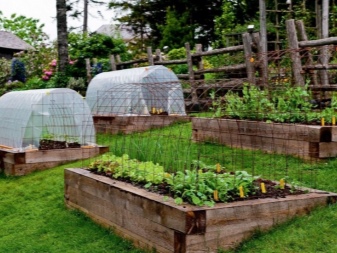
In the next video, you will find an overview of a simple system for watering your garden.













The comment was sent successfully.